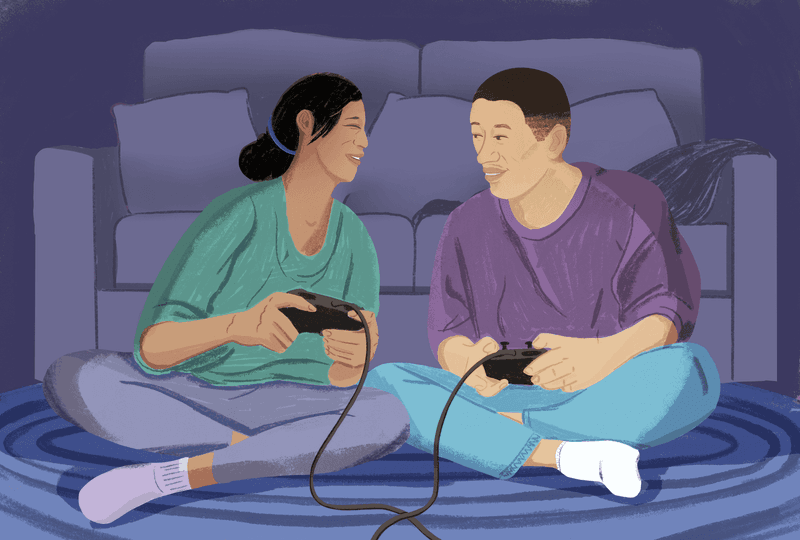In the realm of relationships, compatibility is often hailed as the cornerstone of a thriving partnership. But what happens when the cracks start to show? Sometimes, despite the shared interests or the undeniable chemistry, two people just don’t fit. Recognizing these signs early can save both parties from heartache and wasted time.
Whether you’re navigating a new relationship or reflecting on a long-term partnership, understanding the signals of incompatibility can be illuminating. From clashing values to communication breakdowns, these red flags might be the key to understanding why things just aren’t working. Let’s explore six telltale signs that you and your partner might be on different wavelengths.
1. Clashing Core Values

When core values clash, it’s like speaking different emotional languages. Imagine one partner cherishing financial security while the other values spontaneous adventures. This fundamental divergence can lead to constant friction.
Understanding each other’s priorities might feel like a foreign concept, making compromise elusive. Even everyday decisions turn into battlegrounds.
If financial goals, family planning, or lifestyle choices frequently spark debates, it’s a glaring sign of deeper incompatibility. Relationships thrive on shared visions; when these are absent, frustration ensues. Acknowledging these differences is crucial for harmony.
2. Communication Breakdown

Communication is the bedrock of any relationship. Yet, when words become walls instead of bridges, something’s amiss. Picture frequent misunderstandings or a reluctance to share feelings. The silence grows louder than the conversations.
At times, it’s the tone or timing that causes messages to miss their mark. Emotional disconnect looms large, creating a chasm hard to bridge.
If discussions regularly devolve into arguments or end with unresolved feelings, this misalignment is a red flag. Healthy dialogue should foster connection, not contention.
3. Divergent Future Goals

Future dreams shape present actions, but when partners envision different paths, turbulence arises. Consider one dreaming of urban living while the other yearns for countryside peace. Such conflicting aspirations create tension.
Decisions regarding careers, family, or retirement become pressure points. Each choice feels like a compromise, not a collaboration.
Discussions about future ambitions that consistently end in disagreement indicate a significant mismatch. A shared future vision is vital for maintaining relationship momentum.
4. Lack of Emotional Support

Emotional support is the cushion during life’s turbulence, yet its absence leaves a void. Imagine seeking solace only to find indifference. This lack often manifests as neglect during crucial moments.
An unsympathetic partner can feel like a stranger, widening the emotional distance. Sharing personal victories or struggles without mutual enthusiasm sows seeds of resentment.
If your needs consistently go unmet, and empathy feels transactional, it signals incompatibility. Mutual support is essential for a nurturing bond.
5. Different Social Preferences

Social lives can reveal relational divides. Picture one partner thriving in bustling gatherings while the other prefers intimate settings. These differences can lead to social burnout or loneliness.
Navigating events together becomes a tightrope walk, balancing needs and desires. Compromise feels draining instead of fulfilling.
If social outings frequently cause tension or isolation, it’s a sign of discord. Harmonizing social preferences requires understanding and flexibility.
6. Disparity in Conflict Resolution

Conflict is inevitable, but resolution style matters. Picture one partner who confronts issues head-on, while the other avoids confrontation. This disparity fosters unresolved tensions.
When arguments escalate or remain unaddressed, resentment simmers. Such mismatches in handling disputes can erode trust.
Recognizing these differing approaches and finding common ground is crucial. A unified conflict resolution strategy promotes a healthier relationship dynamic.

Well, hello there!
My name is Jennifer. Besides being an orthodontist, I am a mother to 3 playful boys. In this motherhood journey, I can say I will never know everything. That’s why I always strive to read a lot, and that’s why I started writing about all the smithereens I came across so that you can have everything in one place! Enjoy and stay positive; you’ve got this!

